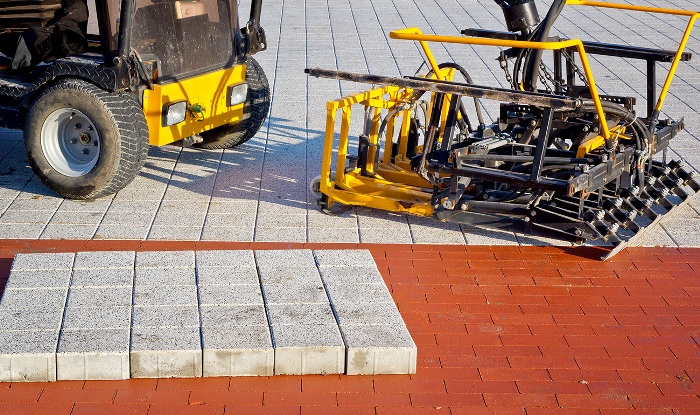Construction industry today,just like other industry, has started seeing the impact of technological advancement which has brought about innovation as a necessity in order for the industry to thrive in this day and age.
The innovations, of course, come with benefits to the builder like reduction in costs, minimized wastage of materials, reduction of construction timelines, minimizing defects and errors.
Some of these developments are listed below:
Prefabrication
This is one aspect of technology that has sparked controversy between the construction industry and property ownership. The doubt comes in the use of ready made panels for construction; most people do not trust the foundation.
On the other hand, it is a force to reckon with as it comes with the advantage of a shorter construction timeline, less environmental impact in terms of destruction, reduced wastage of construction materials and an overall save on construction costs.
Self healing concrete
To remedy the notorious feature of cracking that usually comes with building structures with concrete, scientists have since created self healing concrete through the incorporation of bacteria into the concrete mixture before it is poured such that when water seeps into the cracks the bacteria are activated by producing a limestone components called calcite that fills up the cracks.
This will be key in the strengthening of concrete structures, making them safer and preventing the impending environmental changes that wear down concrete structures.
3D Printed Houses
A Chinese construction firm, MaYihe has invented a giant 3D printer that sprays layers of construction waste combined with cement to produce components that are assembled to houses. This enables the firm to produce 10 houses per day, a fete that largely reduces the construction time when compared to the conventional building methods.
On the other hand, a 3D printer dubbed “room maker” built by a Dutch architecture firm prints out huge LEGO-like plastic units that can be assembled into distinct rooms of the house and lock together to form a complete house.
Computer Aided Design (CAD)
This feature is here to replace the manual drafting of technical drawings. Simply put, it is the use of computer systems to create, modify, optimize and analyze designs. As a result, design quality is not only improved, but errors have also been reduced, and changes are easily made, increasing the productivity of the designers through improved speed.
Drones
These small devices are instrumental when it comes to conducting of surveys , reducing the time and labor requirements when using traditional methods.. They also come with guaranteed accuracy and efficiency when capturing required information. Moreover, they can also be used in supervision of construction sites by tracking and monitoring the workers.
Transparent aluminum
Aluminium oxynitride (its scientific name) is the hardest, transparent polycrysta;;ine available commercially. Made up of aluminum, oxygen and nitrogen, the compound can be made into windows, rods, plates, and tubes using ceramic powder processing techniques. It’s also a top candidate of bullet proof walls and windows on account of it being four times harder than fused silica glass.



I have read other blogs about improvements i the construction industry industry. From the year you published this article up to the present, still more inventions has been made. Many innovations have been done. Of course this is healthy for the construction industry. We need to adapt to this ever changing world for us to survive.
I am a civil engineer and I am looking into focusing in the construction industry using geosynthetic Technology. It is so nice to see articles like this to enhance my expertise.